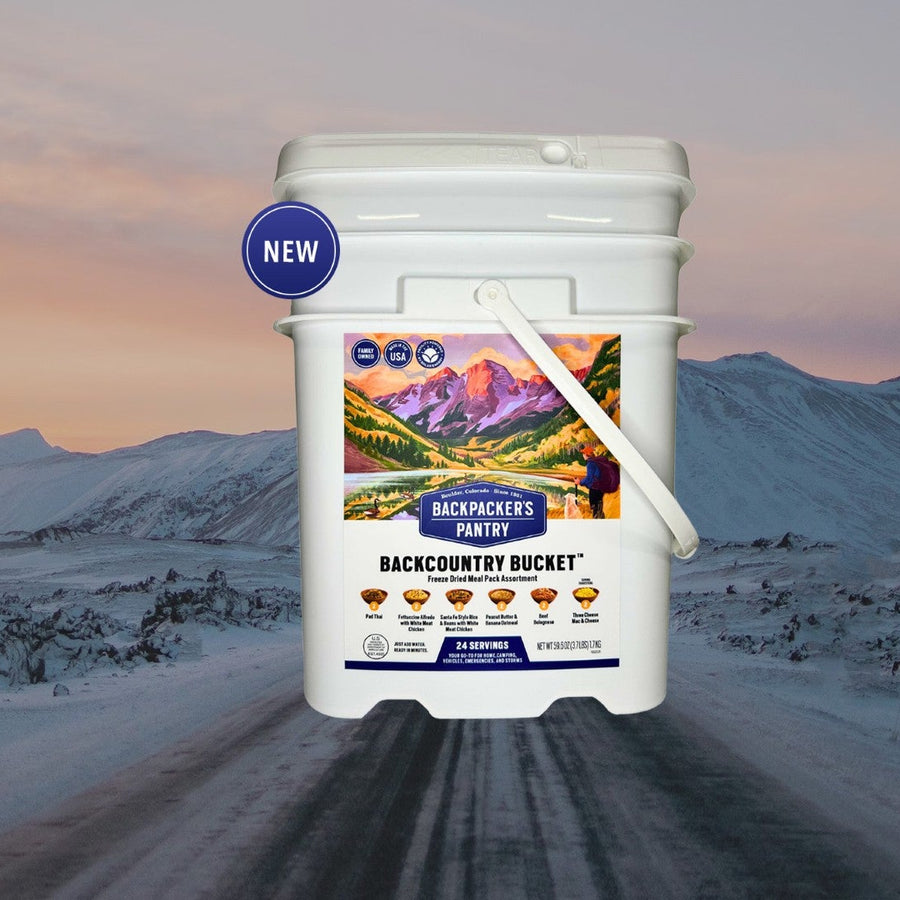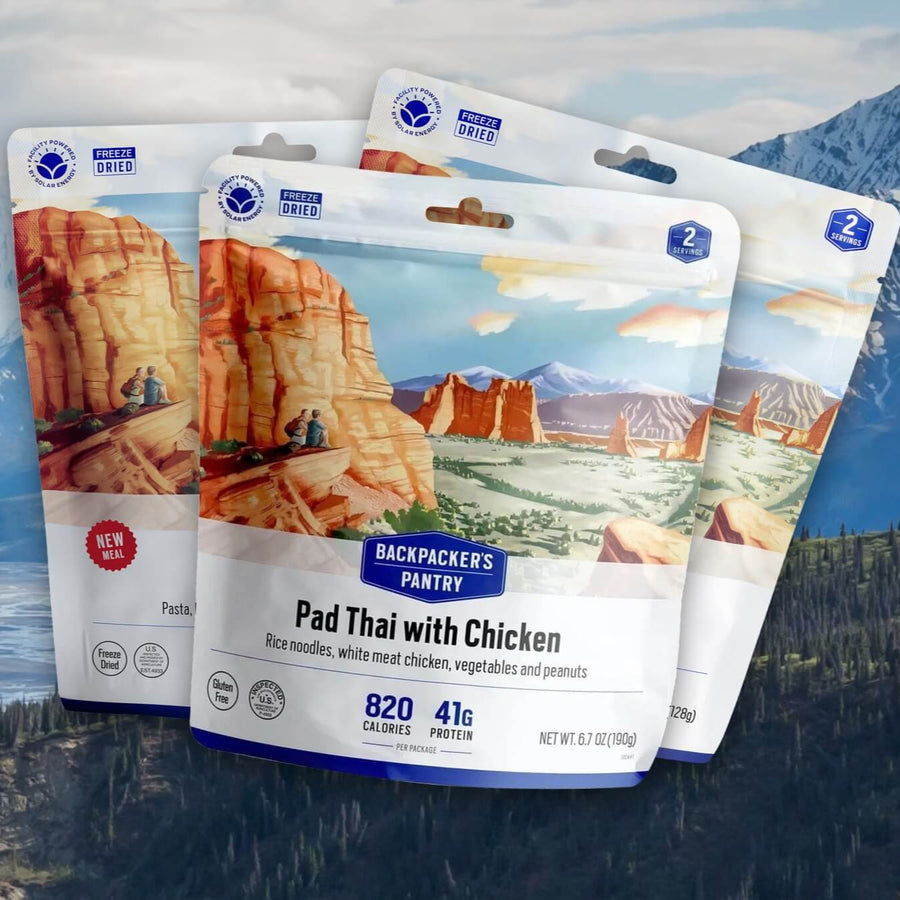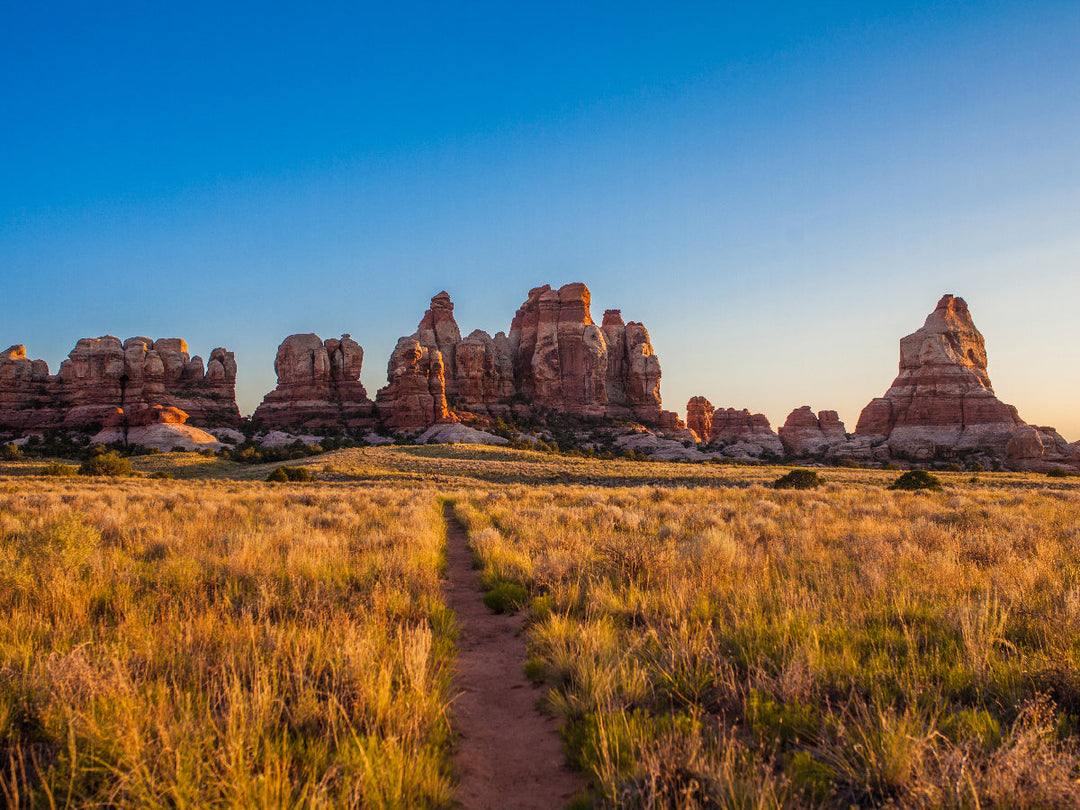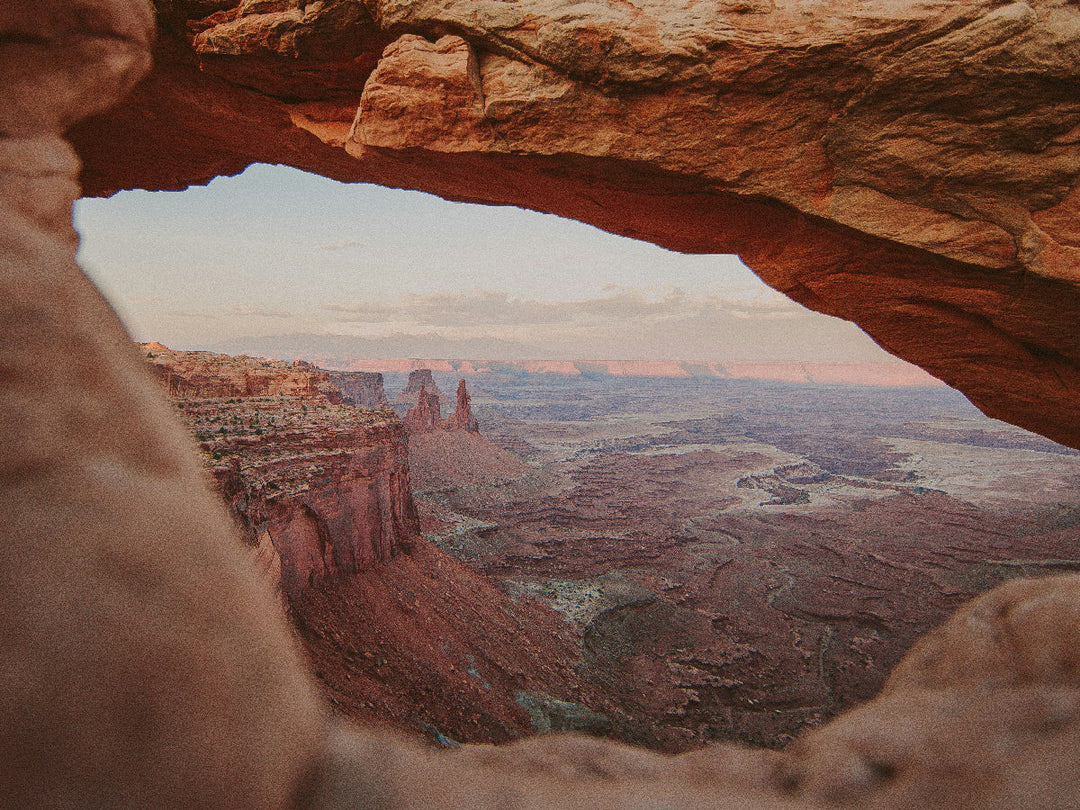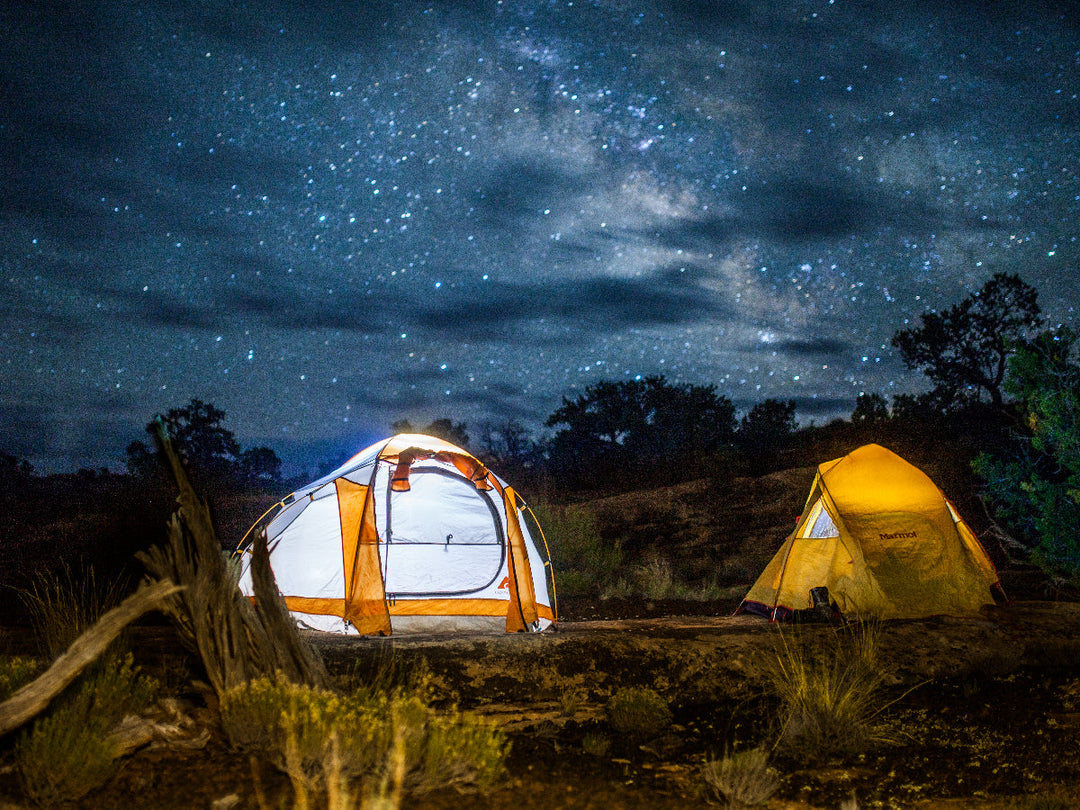Building Intentionality and Relationships Through Food

By Eli Fournier
Our airplane curls through a high-mountain pass—steep volcanic walls rise on two sides, constricting the valley to a narrow slot, just wide enough for our little bush plane to slip between. After five hours of airtime from Anchorage, a dirt strip comes into view—a brown patch in an endless sea of alder bushes, nestled between a towering mountain and a glacier-blue lake.

Flying into bush Alaska
Our friend, Julie, meets us on her four-wheeler at the airstrip. We toss our bags on her makeshift cargo rack, and she hands the pilot a paper towel wrapped tight around a steaming pile of alajax, or fry bread, before he kicks his twin props back into motion.

Julie ushers us to her house and into her kitchen, where a feast awaits: salmon pie, pushki (cow parsnip) dipped in fermented seal oil, moose stew, and a pile of alajax.
Hats off at the table boys. She reprimands us. And did you bring my canning jars? Yep, we got them—a couple cases.
We talk about the salmon runs, who has nets in the water, who shot the moose, and what the latest update is on red tide contaminating the local shellfish.
Life in this remote corner of Alaska is mainly subsistence, meaning food comes from the land—but only if know what to look for. Julie, a Native Alaskan, grew up in the same house she lives in now, and is full of stories of hunting and fishing adventures gone awry. When the tide’s out, your table’s set, she tells us. All you need is a potato and an onion.

Sockeye salmon hanging in a smokehouse
The same goes for the rivers, which host salmon runs in the hundreds of thousands. Beginning in June, sockeye pour through the tidal inlet feet from Julie’s back door. With our help—she’s in her 60s and living by herself—she sets an anchored gill net, which she checks daily. Every afternoon, she pressure-cans her harvest, and every so often ships cases of the jars to her adult children in Anchorage and Kodiak (the fish there don’t taste as good as those from home, they say).
Sharing food with family and friends is part of the culture in this part of the state, as it is elsewhere in the last frontier. If someone shoots a moose, it’s expected that they’ll distribute meat to everyone in their village. The younger generations are also expected to provide for the elders, who can’t harvest food themselves.

Canning and kippering sockeye
In some parts of the state, tradition even posits that a hunter must distribute the entirety of his or her first moose to the community. I was fortunate enough to help pack-out one woman’s first moose a few years back, and ended up with huge backstrap steaks for dinner—one of the most prized cuts off any big-game animal. It’s this culture of sharing food that formulated my early vision of what hunting was, and the strong community component of it. Only when I decided to try my own hand at it, after a few summers working in Alaska, did I realize how different the rhetoric is in the Lower-48.
In the western US, where elk and deer reign supreme, we’re bombarded with billboards and internet ads selling boots, hunting packs, and optics with elk antlers. Buy our products and shoot bigger animals is the message. Go deeper, go further, and hunt harder than the next person, they want us to believe. In essence, companies and brands have commercialized the activity, drawing it as far away from the basic roots of human survival as can be imagined.

Seal blubber ready for fermenting into "seal oil"
Needless to say, I found it a bit shocking to see how western culture glamorized antlers and the rewards of a successful hunt, rather than the process and community around it. It also made me realize how, in the comforts of the modern world, we’ve lost touch with where our food comes from. And, more importantly, the relationships that are formed as a result.
Early in my hunting progression I voiced these concerns to an older mentor—someone whose opinion I trust and value. He listened with great interest, thought for a minute, and distilled all my concerns in a single, actionable sentiment: The best way to respect an animal's life is to share it, so it touches as many other lives as possible. Years later, that message still sticks.
Carrying that mentality into my own endeavors has been perhaps the most rewarding aspect of hunting—beyond even the pursuit or the meat. The first year I shot an elk, I dropped off a five-pound roast with an old high-school biology teacher—a tradition that I still carry on, all these years later.

Elk steaks to share
It also comes to fruition in the field. Out West, calling friends to help pack-out an animal is common practice—elk are big, and usually take around three to five pack-loads to haul out of the woods. When I call friends for help, I tell them flat out: “whatever meat you pack out, you can have.” My hunting buddies scoff at the idea. No way, they think. Some of them refuse the offer, seeing as they’ll shoot their own elk later in the year, and know that I’ll reciprocate the help. Others downright dismiss it as ridiculous. You worked hard for that meat, and you’re just going to give it away?
Yep, because at the end of the day, it’s not just about the meat. The goal is to build a relationship with the food and those around us; to make new friends. In doing so, we’re intentional about our decisions, and conscious of the world around us.

While I feel fortunate to have the time to romp in the woods each fall in pursuit of food, not everyone is afforded the luxury these days. For those who don’t hunt, there are still lessons to be learned from the natural world. Purchase food with intention. Pay notice to what companies are doing with their profits. Some, like Backpacker’s Pantry, give back by participating in programs such as 1% For the Planet, and sourcing sustainable foods.
At the end of the day, the goal is to forge relationships around food. Make it a point to bring people together around meals, whether it’s something you harvest or purchase. No matter how you go about it, the result will inevitably be a closer tie to the land and those around you.
